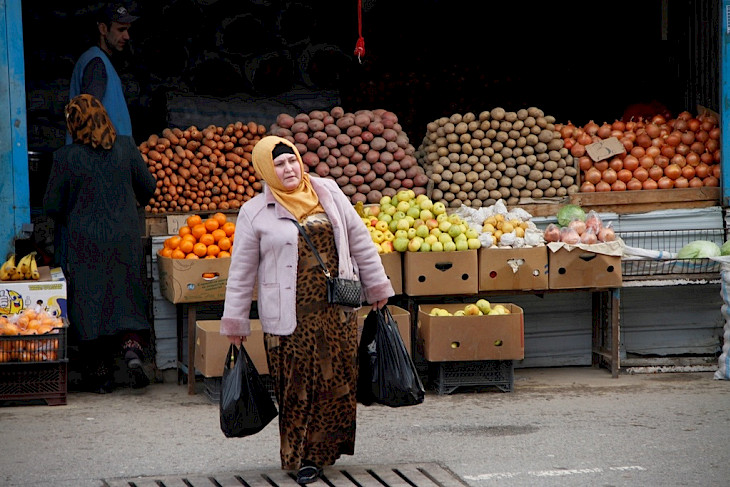Around 8% of Tajikistan’s population still faces food insecurity, despite nearly half of the country’s citizens being employed in agriculture. Strengthening sustainable food access remains a key development challenge, according to discussions held in Dushanbe during a press briefing marking the 80th anniversary of the UN Food and Agriculture Organization (FAO), reports Asiaplus.tj.
FAO data shows that two decades ago, more than 30% of Tajiks suffered from chronic undernourishment. Investments in agriculture, farmer support programs, and international climate adaptation projects helped reduce that figure to about 20% by 2015. However, many rural households remain vulnerable due to low incomes, dependence on labor migration, and unstable food prices.
FAO continues to assist Tajikistan in tackling these challenges through initiatives promoting climate-resilient agriculture, seed bank development, water-saving technologies, pasture management, and digital tools for farmers. One of the flagship efforts — the “Digital Villages” project in the Hisor Valley — enables farmers in Lolazor village to monitor weather, manage pastures, and market their products online.
FAO representatives emphasized that joint efforts of the government, private sector, and international partners are essential to build resilient food systems and ensure equal access to quality nutrition for all citizens of Tajikistan.
CentralasianLIGHT.org
October 8, 2025

